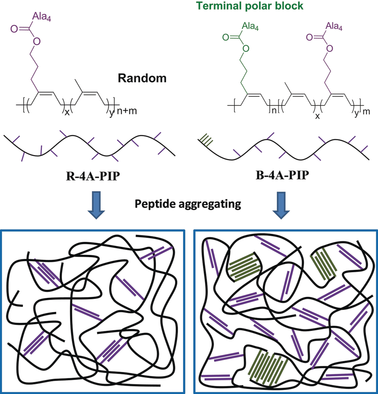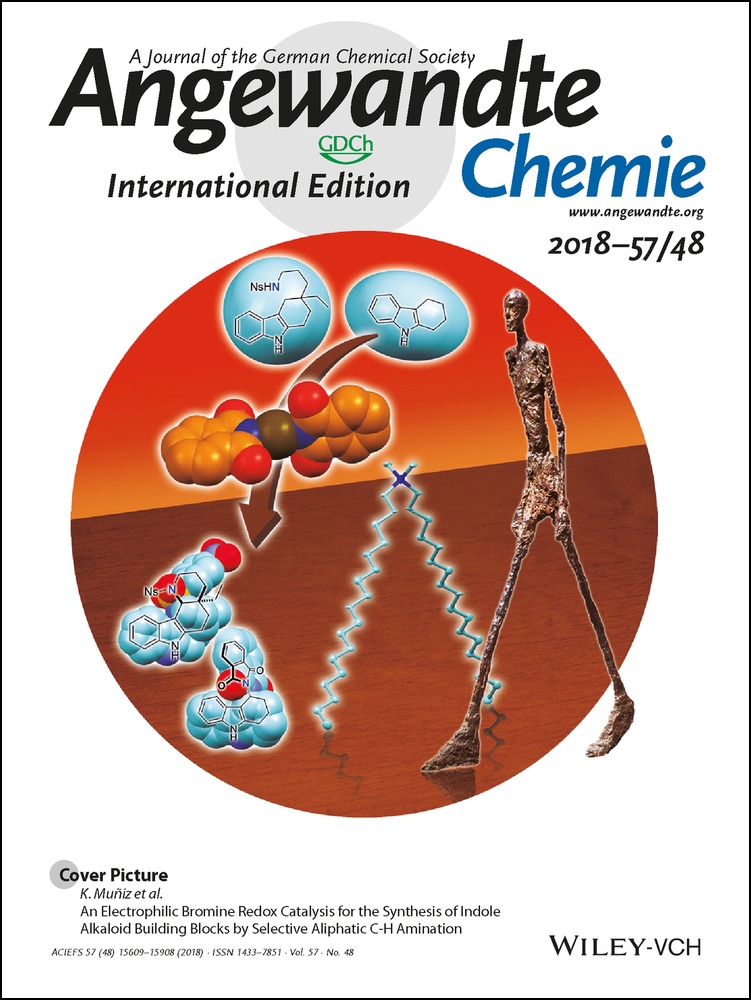Towards a Supertough Thermoplastic Polyisoprene Elastomer Based on a Biomimic Strategy
Graphical Abstract
Terminal functionalization: Tetrapeptide grafting polyisoprenes were prepared with different sequences of polar groups. The terminal polar block promoted the toughness and stain-induced crystallization behavior of thermoplastic polyisoprene; these properties were comparable to vulcanized natural rubber.
Abstract
Natural rubber is one of most famous self-reinforced rubbers thanks to the phenomenon of strain-induced crystallization. It is usually used in a vulcanized form to enhance the mechanical strength but this results in recycling issues. Herein a thermoplastic analogue of vulcanized natural rubber is obtained as a structural mimic. Terminally functionalized polyisoprene rubber B-4A-PIP was prepared by using tetra-analine as physical crosslinking units. The strong binding of tetra-analine groups gave B-4A-PIP a high tensile strength (15 MPa) and breaking strain of 890 %, which is much higher than those of undecorated copolymer B-OH-PIP. B-4A-PIP has a similar onset strain of crystallization and crystallization index to vulcanized natural rubber. Randomly functionalized polyisoprene R-4A-PIP showed a much lower mechanical strength and SIC properties although R-4A-PIP and B-4A-PIP possessed similar molecular weights and amounts of tetra-analine groups.





